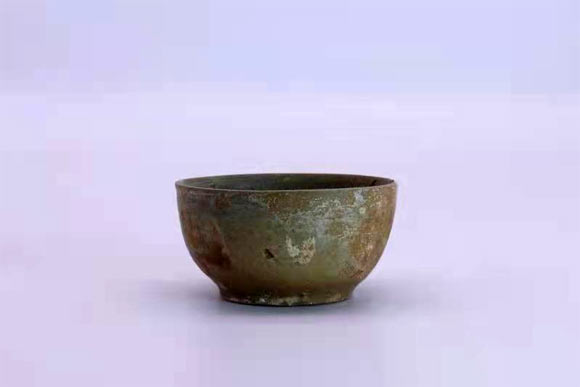2,400-Year-Old Tea Residue Found in China
“China is the first country in the world to discover and cultivate tea,” said Professor Shuya Wei from the Institute of Cultural Heritage and History of Science & Technology at the University of Science and Technology Beijing and her colleagues.

“In Chinese legend, tea was first discovered as an antidote by Emperor Shen Nung in 2737 BCE, according to the first monograph on Chinese herbal medicine Shennong’s Classic of Materia Medica.”
“The first mention of tea planting is believed to occur in the Xiaxiaozheng, a Chinese earliest almanac recording traditional agricultural affairs, probably written in the Warring States period (475-221 BCE).”
“According to the literature, in the Spring and Autumn period (770-476 BCE), tea had been used as a sacrifice and vegetable, in the Warring States period and the early Western Han dynasty, tea cultivation, tea making techniques and tea-drinking custom in Sichuan province began to spread to other places.”
The physical evidence of tea is very important to confirm the origin, development, function and culture of tea.
“As archaeological plant leaves remain have been buried for many years, most of them have rotted or charred, it is difficult to find archaeological plant leaves remains in archaeological excavation,” the researchers explained.
“Recently, 2,400-year-old charred tea remains were found in a bowl unearthed from tomb No. 1 at Xigang in the ancient capital city site of the Zhu Kingdom in Zoucheng City, Shandong province.”
“If the remains could be determined as tea, that would be the direct evidence for tea drinking in the ancient time.”

In the study, Professor Wei and co-authors analyzed the sample from the Warring State tomb using Fourier transform infrared spectroscopy (FTIR) and several other methods. They used modern tea and modern tea residue as reference samples.
Their results show that the sample contains abundant calcium phytoliths identifiable as tea and that its FTIR spectra are similar to that of the modern tea residue.
They also detected caffeine, methoxybenzene compounds, organic acids, and several other compounds in both the ancient sample and the modern tea residue.
“Since ancient times, the Chinese people have always had the habit of drinking tea, but there is no physical evidence to prove when tea actually appeared, until the discovery of tea in the Han Yangling Mausoleum, which proved that Chinese tea has a history of at least 2,150 years, which has earned recognition from Guinness World Records as the oldest tea in 2016,” the scientists said.
“The identification of the tea remains in Zoucheng — the early stage of Warring States, approximately 2,400 years ago — has advanced the origin of tea by nearly 300 years.”
“Furthermore, the tea was found in a small bowl, providing additional evidence of the usage of tea.”
“Our results indicate that tea drinking culture may start as early as in Warring State period.”
The findings were published in the journal Scientific Reports.





